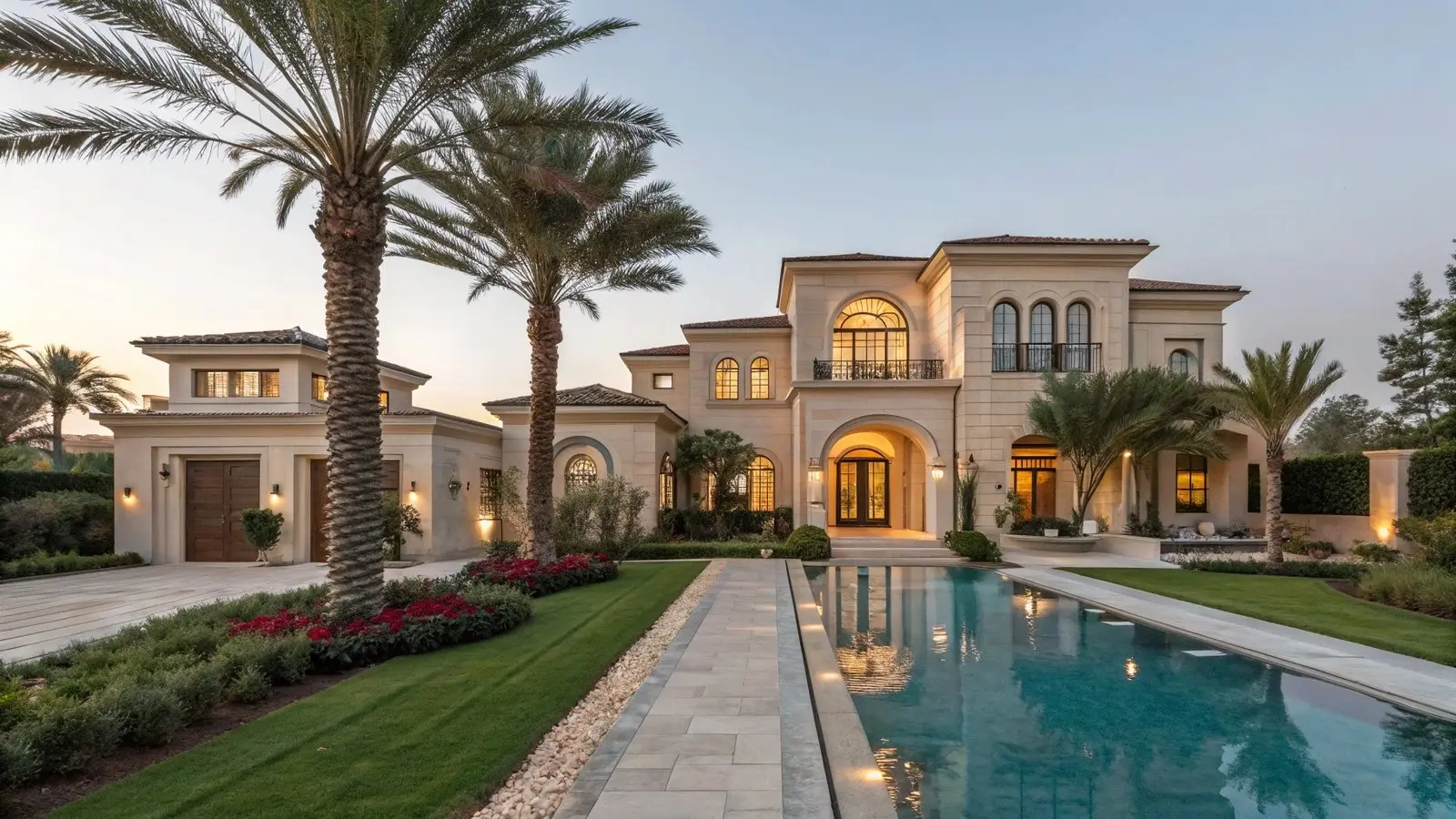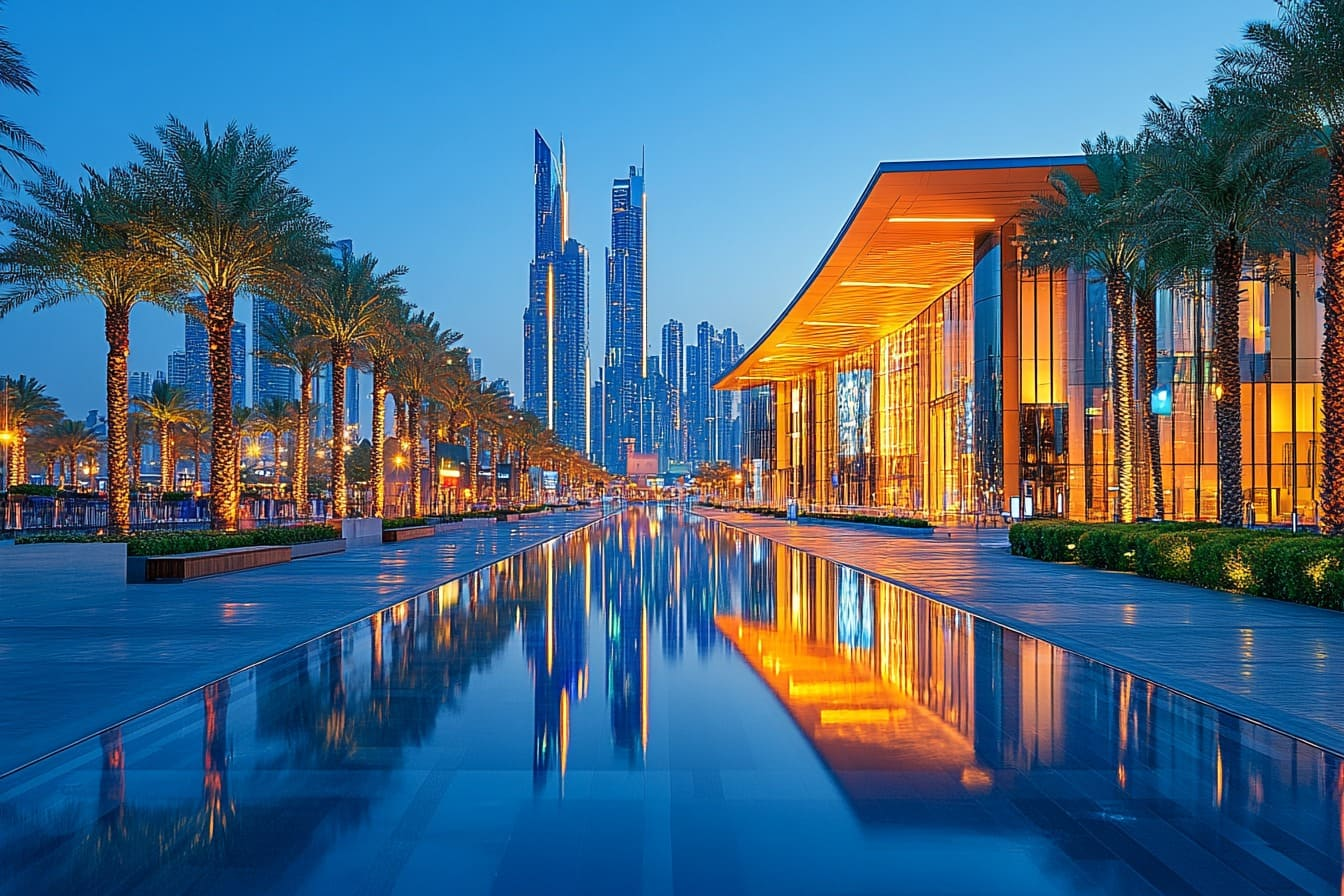Now Reading: See What’s Coming to Ras Al Khor Sanctuary in 2025!
-
01
See What’s Coming to Ras Al Khor Sanctuary in 2025!
See What’s Coming to Ras Al Khor Sanctuary in 2025!
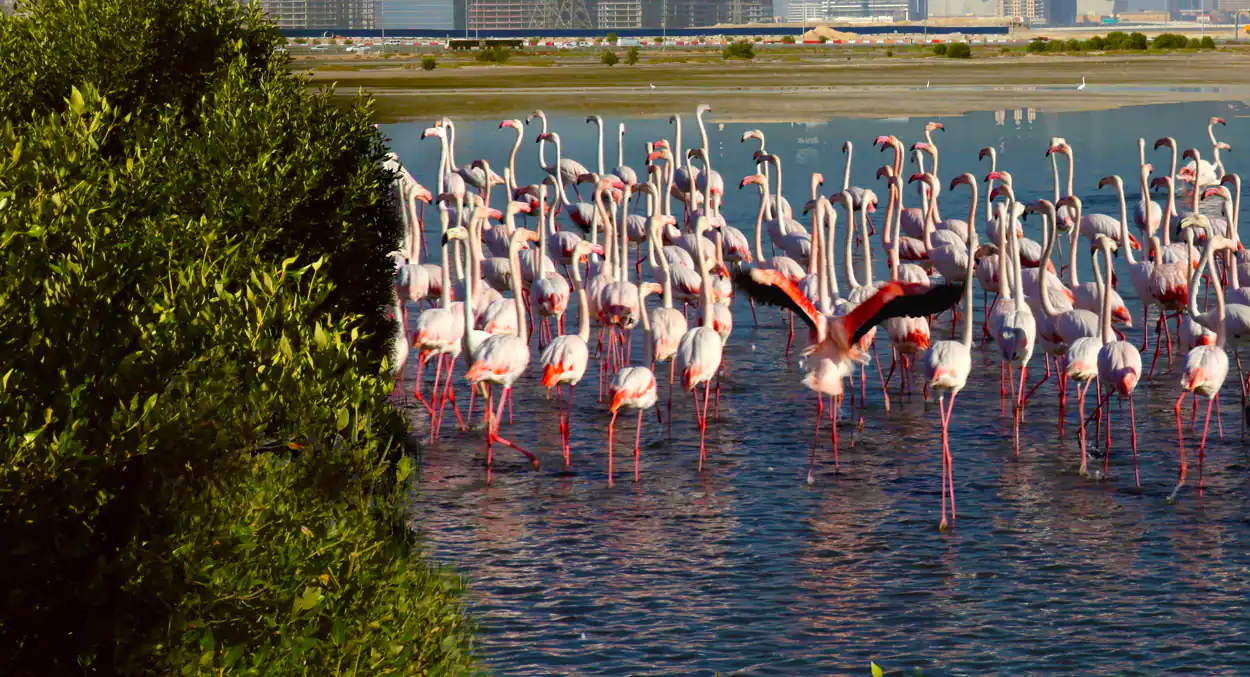
Table of Contents
Dubai’s famous Ras Al Khor Wildlife Sanctuary is preparing for an exciting new chapter in 2025. Known worldwide for its flocks of pink flamingos, the sanctuary is one of Dubai’s most precious protected natural sites. Now, new upgrades and conservation programs are planned to improve the habitat and make the area even more attractive for wildlife lovers and tourists alike.
The Ras Al Khor Wildlife Sanctuary was established in 1985 and officially declared a protected area in 1998. Covering about 6.2 square kilometers, it is home to more than 450 species of wildlife, including birds, fish, crustaceans, and small mammals. But the star attractions remain the flamingos, which flock to the wetlands in large numbers during winter.
Why Ras Al Khor Matters
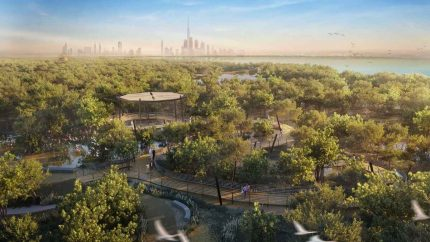
Ras Al Khor sits on the edge of Dubai Creek and acts like an oasis in the city. While Dubai is known for skyscrapers and luxury malls, Ras Al Khor shows the Emirate’s softer side. Its mangroves, mudflats, and lagoons create a safe haven for migratory birds traveling thousands of kilometers every year.
The sanctuary is also part of the Ramsar Convention, a global agreement to protect wetlands. This international recognition has motivated Dubai Municipality and local conservationists to keep investing in the area.
2025: New Plans and Projects
In 2025, Ras Al Khor will undergo new improvements as part of Dubai’s plan to balance urban growth with environmental protection. Authorities have announced several upgrades:
New Visitor Center – A modern visitor center will open, featuring interactive exhibits about the sanctuary’s wildlife, educational programs, and a rooftop viewing deck with telescopes.
Upgraded Bird Hides – The three popular bird hides (viewing platforms) will be renovated with more comfortable seating, shaded areas, and improved pathways for people of determination.
Habitat Restoration – Conservationists will restore and expand mangrove forests to help native fish and crustacean populations recover. More mangroves mean healthier water, which benefits all wildlife.
AI-Based Wildlife Monitoring – In a new high-tech move, smart cameras and sensors powered by artificial intelligence will monitor bird numbers and track their migration patterns. This data will help scientists protect the birds more effectively.
Eco-Friendly Transport Links – Electric shuttle buses will connect Ras Al Khor to Dubai Metro stations, encouraging tourists to visit without harming the environment.
Community Volunteering Programs – In 2025, Dubai will launch a volunteering platform so residents can help with clean-up drives, planting mangroves, and participating in bird counts.
Flamingos Still the Stars
No matter how many changes come to Ras Al Khor, the flamingos will always steal the show. Between November and March, thousands of greater flamingos stand tall in the water, feeding on shrimp and algae. Their pink feathers have made them a social media sensation and a symbol of Dubai’s hidden natural wonders.
Wildlife experts hope that with better facilities and smarter monitoring, flamingo numbers will continue to grow. In 2024, surveys showed a record 4,800 flamingos at Ras Al Khor, up from 3,600 in 2020.
Dr. Mariam Al Mheiri, UAE Minister of Climate Change and Environment, recently praised the sanctuary’s success, saying:
“Ras Al Khor is a living symbol of Dubai’s commitment to protect nature. These new plans for 2025 will safeguard our precious wildlife for the next generation.”
A Place for Education and Research
Ras Al Khor is not just a tourist spot; it is also a living laboratory for scientists and students. In 2025, partnerships with universities will expand, offering more internships and field research projects on wetland conservation, bird migration, and climate change.
School groups will get easier access to guided tours, giving young students a chance to see flamingos up close and learn why wetlands matter.
Dubai’s Greener Future
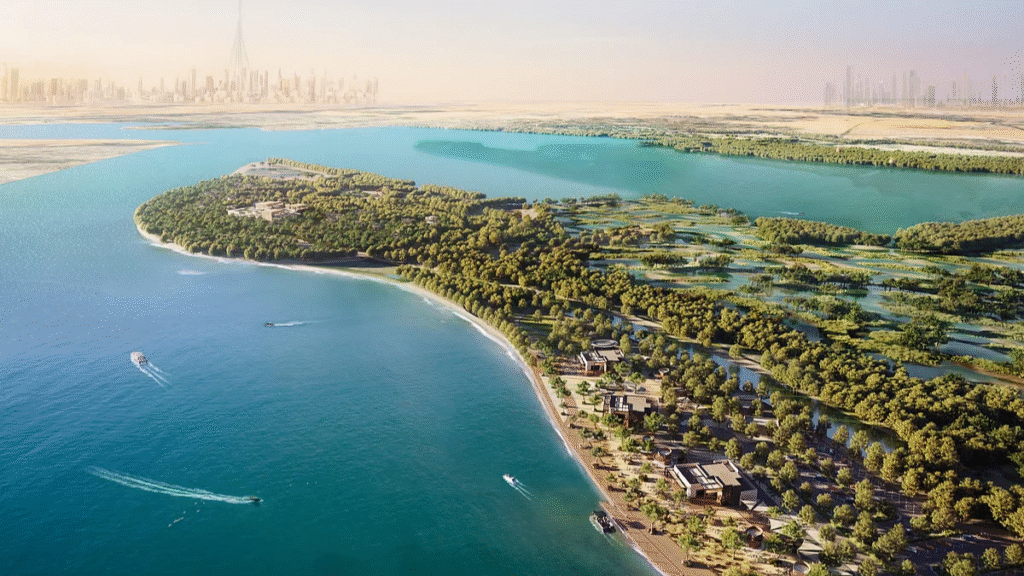
The Ras Al Khor 2025 update fits perfectly into Dubai’s larger green vision. The Emirate aims to plant 100 million mangroves by 2030, fight climate change, and reduce its carbon footprint. Protecting wetlands is a key step, because healthy wetlands absorb carbon and provide natural flood protection.
Visitors can look forward to a better experience in 2025, with cleaner facilities, educational programs, and smoother transport. At the same time, the sanctuary’s fragile ecosystem will be even better protected thanks to modern technology and community support.
Plan Your Visit
If you want to visit Ras Al Khor, you can do it for free. The sanctuary is open daily from 7:30 am to 5:30 pm in winter, and from 6:00 am to 6:00 pm in summer. The three main bird hides—Flamingo Hide, Mangrove Hide, and Lagoon Hide—offer excellent views without disturbing the birds.
Parking is available near the sanctuary gates, but visitors are encouraged to use public transport or carpool to limit carbon emissions. Remember to bring binoculars, wear comfortable shoes, and keep quiet to avoid scaring the birds.
As Dubai prepares for 2025, Ras Al Khor will stand proudly as a reminder that nature and modern life can exist side by side. The new updates will help the sanctuary continue to welcome not just flamingos, but also thousands of other birds and wildlife that call this urban oasis their temporary home.
Read More:- Deyaar’s Latest Announcement Shakes Up the UAE Property Market



